Learning from the Wisdom of the past
One of the distinguishing features of Catholic life is its reverence for the collective wisdom of the past. One way that the Catholic Church expresses this reverence is through the belief in the communion of saints: that there are holy people who have gone before us who have provided examples for how we understand our collective identity and who remain present to us as part of our community, in life and in death. Carroll College has its own “communion of saints” in the way that it hands on stories about those whose dedication informs our mission.
Clara Cavanagh
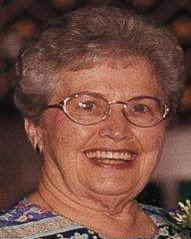 Clara ran the bookstore from 1966-1985. Clara always had welcome smile and enthusiastic “hello“ to everyone who walked through the door. Clara was also a patient ear for the many students who shared their successes and their woes with her while buying books, supplies, and the “essential” Carroll sweatshirt. If you were having a bad day and needed a hug, you knew where to get one. But, she wasn’t a “push-over,” and didn’t hesitate to tell you what she thought you should be doing or NOT doing. I loved Clara for so many reasons, but what I loved about her the most were her frequent lectures to me and my friends that we were spending way too much time and money playing pin-ball machines.
Clara ran the bookstore from 1966-1985. Clara always had welcome smile and enthusiastic “hello“ to everyone who walked through the door. Clara was also a patient ear for the many students who shared their successes and their woes with her while buying books, supplies, and the “essential” Carroll sweatshirt. If you were having a bad day and needed a hug, you knew where to get one. But, she wasn’t a “push-over,” and didn’t hesitate to tell you what she thought you should be doing or NOT doing. I loved Clara for so many reasons, but what I loved about her the most were her frequent lectures to me and my friends that we were spending way too much time and money playing pin-ball machines.
Clara’s Irish smile caught the eye of Clement Cavanaugh, a retired Iowa farmer, and they were married in 1983. Clem began his pursuit of a Bachelor of Arts degree at 66 years old and completed that goal in 1986 as the oldest graduate in Carroll’s history. Clara and Clem attended many Carroll events through their retirement and both loved and were deeply committed to Carroll College and espoused the our mission in values in their daily living – Candace Cain (Class of 1982; Associate Vice President for Advancement )
Prof. John Downs
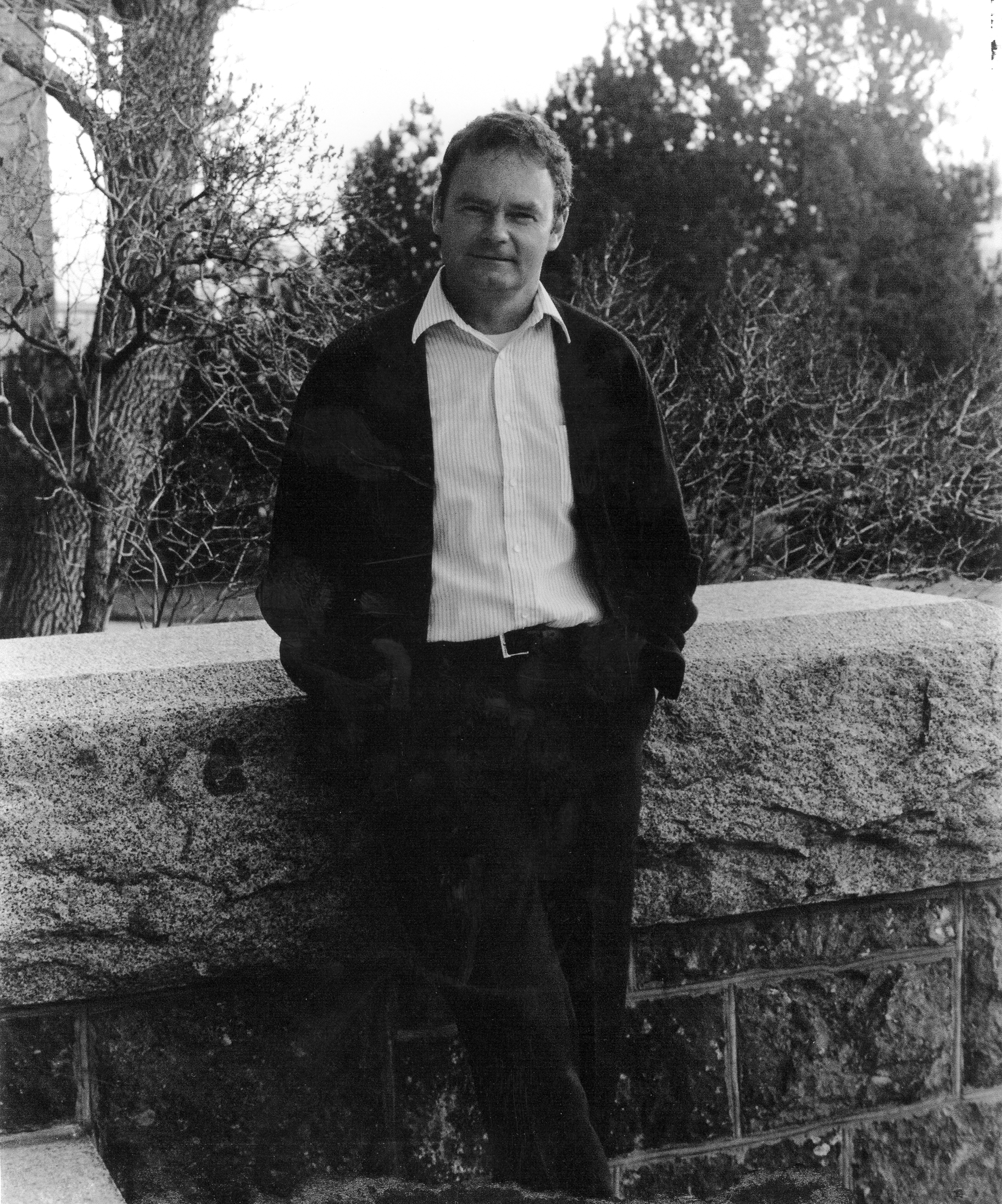 John Downs filled many positions at Carroll: counselor, Dean of Students, and, lastly, professor of psychology. He was a strong, burly lumberjack with a constant twinkle in his eye. He had time for everyone, a laugh that could cure the world, and he was always the quintessential family man. He called all who knew him to be a “servant,” leading by example through his own generosity and kindness, calling each of us to be better people. Students, staff, faculty, and administrators were all equal in value and worthy of love and respect as individuals. Two weeks before he died, John wrote a note to his Alpha students thanking them for sharing with him their life stories: “To enter that room as a ‘teacher,’ a colleague and friend, to behold 16 unique life stories, is truly the gift of this profession.” Each year Carroll College celebrates “Downsey Day” on John’s birthday (April 15) to honor his memory. – Dr. Anne Perkins & Prof. Jack Oberweiser
John Downs filled many positions at Carroll: counselor, Dean of Students, and, lastly, professor of psychology. He was a strong, burly lumberjack with a constant twinkle in his eye. He had time for everyone, a laugh that could cure the world, and he was always the quintessential family man. He called all who knew him to be a “servant,” leading by example through his own generosity and kindness, calling each of us to be better people. Students, staff, faculty, and administrators were all equal in value and worthy of love and respect as individuals. Two weeks before he died, John wrote a note to his Alpha students thanking them for sharing with him their life stories: “To enter that room as a ‘teacher,’ a colleague and friend, to behold 16 unique life stories, is truly the gift of this profession.” Each year Carroll College celebrates “Downsey Day” on John’s birthday (April 15) to honor his memory. – Dr. Anne Perkins & Prof. Jack Oberweiser
Rev. William Greytak
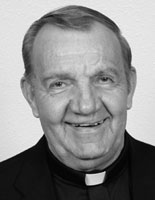 Fr. William F. Greytak began attracting students to his classes in droves in the late 1950’s, initiating a Carroll teaching career that lasted more than fifty years. His popularity was rooted in that mantra students everywhere yearn for, “He made history fun!” A masterful historical storyteller, Fr. Greytak humanized and brought historical figures to life–warts and all–making each class an eagerly anticipated event. But he was more than a professor who loved to regale students with the achievements and foibles of people and civilizations. He taught his students to analyze the significance of our historical past, in part to better understand issues of the present. In teaching students to think, he earned our highest respect. When asked about their major, rather than respond, “History,” history majors would often reply, “I majored in Fr. Greytak.”
Fr. William F. Greytak began attracting students to his classes in droves in the late 1950’s, initiating a Carroll teaching career that lasted more than fifty years. His popularity was rooted in that mantra students everywhere yearn for, “He made history fun!” A masterful historical storyteller, Fr. Greytak humanized and brought historical figures to life–warts and all–making each class an eagerly anticipated event. But he was more than a professor who loved to regale students with the achievements and foibles of people and civilizations. He taught his students to analyze the significance of our historical past, in part to better understand issues of the present. In teaching students to think, he earned our highest respect. When asked about their major, rather than respond, “History,” history majors would often reply, “I majored in Fr. Greytak.”
Profound as was his impact as a history professor, Fr. Greytak was also a friend to students—beginning with his early career as dean of men. He tempered this role with understanding of the fun side of college life and by his accessibility to students and their problems. His office was crowded with students far into the evening and the ensuing conversations covered topics from serious intellectual questions and issues of the day to sports, campus chatter, and humor. He was well-known for his jokes, many, fittingly, about the people of history. No wonder that two brothers who majored in history at Carroll provided funds to establish an endowed chair in Fr. Greytak’s honor! – Jerry Berberet (Class of 1963; Carroll College Academic Vice President 2006-09).
Rev. James W. Hazelton (Padre Santiago Hazelton)
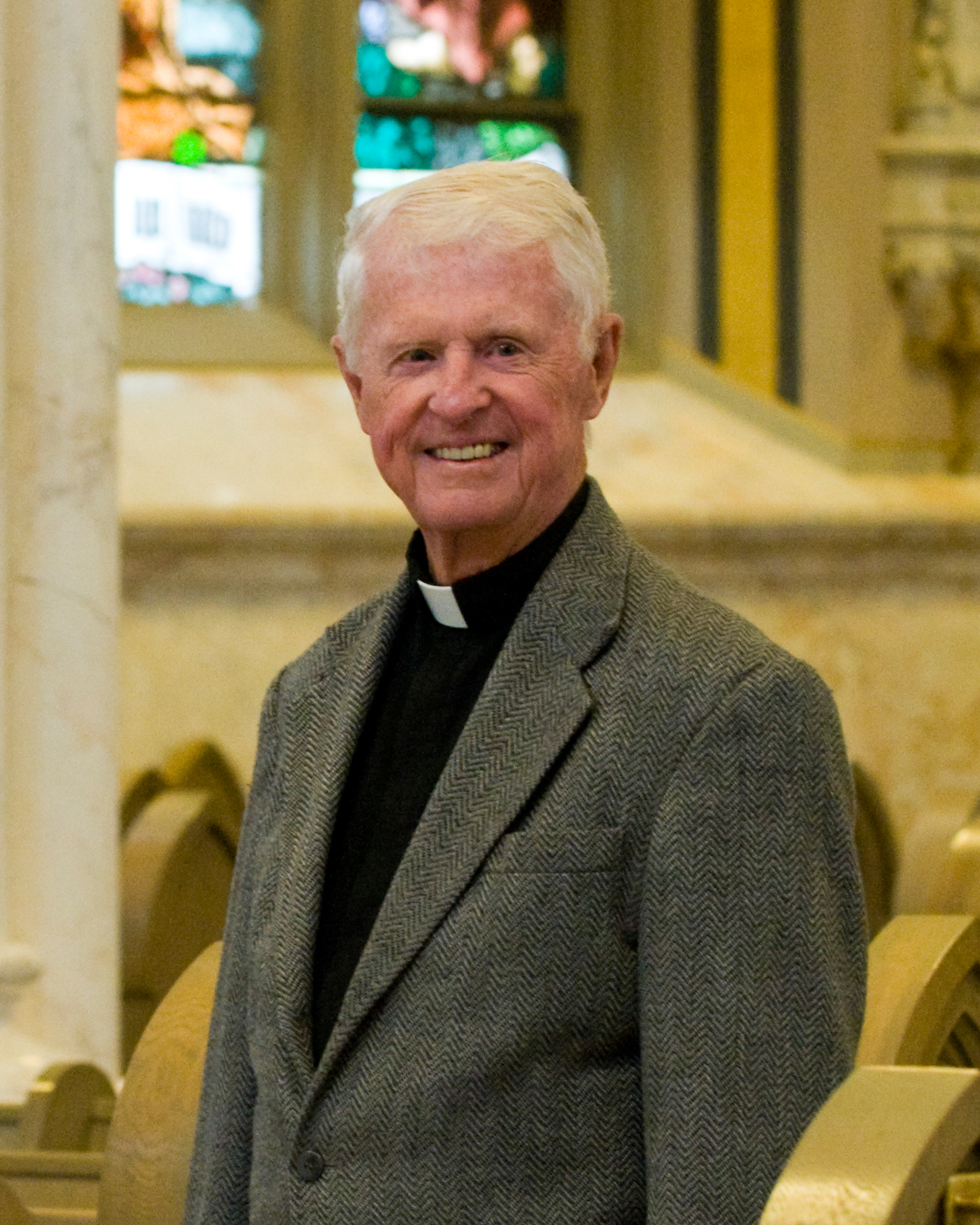 In 1964, as a newly ordained priest, Father Hazelton (Class of 1949) was tapped by Bishop Raymond Hunthausen to carry out a mission on behalf of the Diocese of Helena in Guatemala. He accepted the bishop’s challenge. Now immersed in a place and culture very different from what he had known growing up in Helena, he learned the language and ways of the people he served by traveling from village to village–sometimes on foot–to perform the mission of the Catholic church which was to improve the lives of the indigenous people living in Guatemala’s remote mountain villages. He promoted the native language and customs in the liturgy and in religious music. An educator at heart he says: “My work in Guatemala was enhanced by eight years teaching experience in Montana’s rural schools and in Helena’s cathedral high school.” In Guatemala he was able to help establish two very fine high schools at Santo Tomas la Union in the diocese of Solola Guatemala. These schools serve over 500 students at the junior and senior levels with a university extension for 400 students on weekends. Throughout his time there he promoted the education of girls and young women at all levels in his schools. Now retired and living in Helena, the Guatemala mission was his tireless commitment for 47 years. The Diocese of Helena continues to celebrate and support the Guatemala mission Father Hazelton began so many years ago with its annual “Hazy Days” fundraiser. – Rev. Msgr. Joseph Harrington (Class of 1953; Carroll president 1969-74).
In 1964, as a newly ordained priest, Father Hazelton (Class of 1949) was tapped by Bishop Raymond Hunthausen to carry out a mission on behalf of the Diocese of Helena in Guatemala. He accepted the bishop’s challenge. Now immersed in a place and culture very different from what he had known growing up in Helena, he learned the language and ways of the people he served by traveling from village to village–sometimes on foot–to perform the mission of the Catholic church which was to improve the lives of the indigenous people living in Guatemala’s remote mountain villages. He promoted the native language and customs in the liturgy and in religious music. An educator at heart he says: “My work in Guatemala was enhanced by eight years teaching experience in Montana’s rural schools and in Helena’s cathedral high school.” In Guatemala he was able to help establish two very fine high schools at Santo Tomas la Union in the diocese of Solola Guatemala. These schools serve over 500 students at the junior and senior levels with a university extension for 400 students on weekends. Throughout his time there he promoted the education of girls and young women at all levels in his schools. Now retired and living in Helena, the Guatemala mission was his tireless commitment for 47 years. The Diocese of Helena continues to celebrate and support the Guatemala mission Father Hazelton began so many years ago with its annual “Hazy Days” fundraiser. – Rev. Msgr. Joseph Harrington (Class of 1953; Carroll president 1969-74).
Archbishop Raymond G. Hunthausen
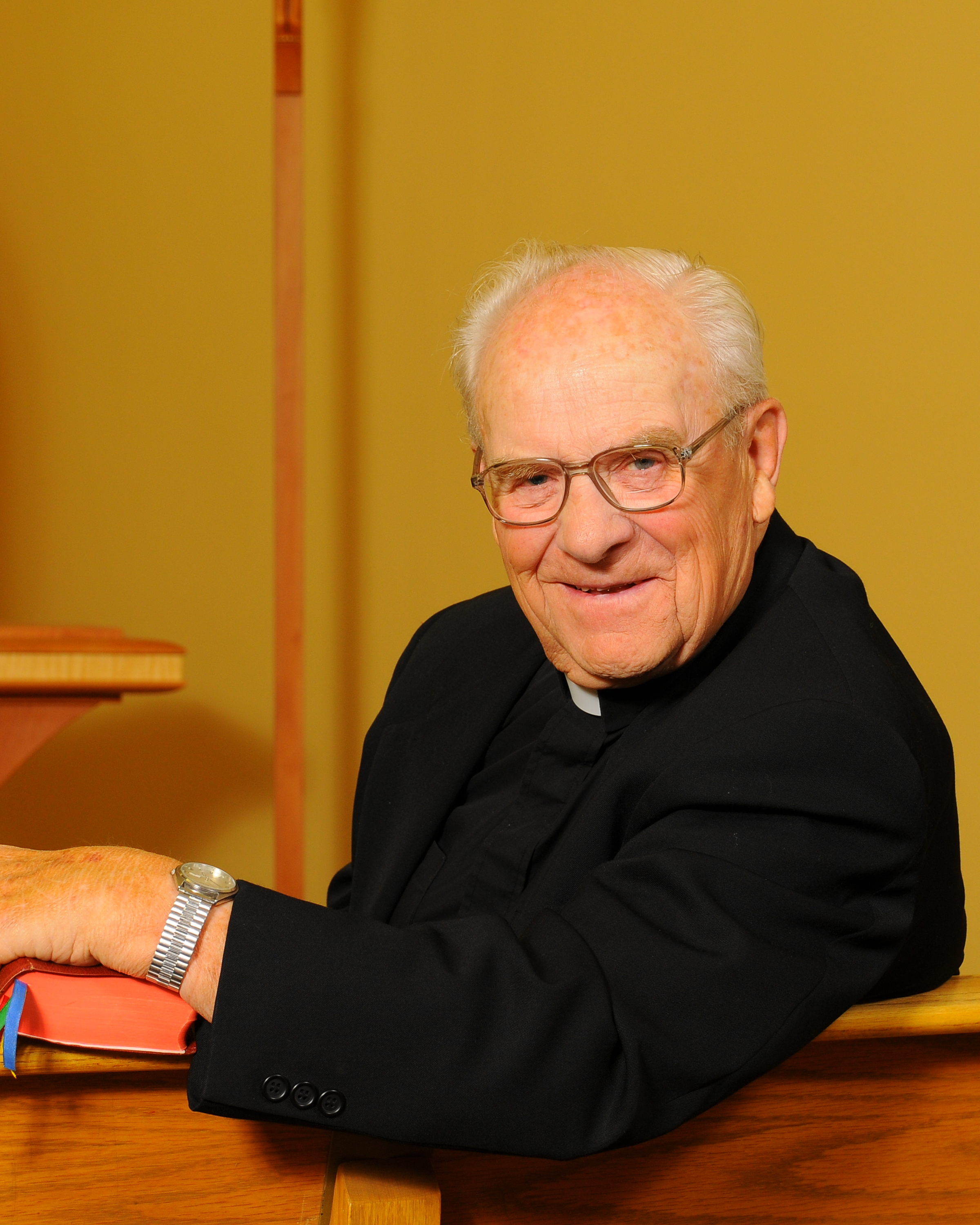 To most he is known as Archbishop Hunthausen, but to me, he is simply “Dutch.” Dutch served Carroll College first as a fun-loving student, then later as athletic director, professor, and finally as president. With his incredible story-telling abilities, Dutch can usually be found at family reunions describing some of his fondest memories, many of which took place at Carroll College. I have learned all the secrets of life just by listening to Dutch’s calming, steady voice while he delivered homilies to my countless relatives. Life according to Dutch is about being a high-spirited, yet humble, peace keeper; maintaining strong family ties; respecting all people; caring and unconditionally loving your neighbor; and being generous with what God gives you. He is a man with bright, compassionate eyes and an uncanny ability of whittling a reed into a whistle. Many lives, including mine, have been blessed by my Great-Uncle, Dutch. – Lauren Miller (Class of 2012)
To most he is known as Archbishop Hunthausen, but to me, he is simply “Dutch.” Dutch served Carroll College first as a fun-loving student, then later as athletic director, professor, and finally as president. With his incredible story-telling abilities, Dutch can usually be found at family reunions describing some of his fondest memories, many of which took place at Carroll College. I have learned all the secrets of life just by listening to Dutch’s calming, steady voice while he delivered homilies to my countless relatives. Life according to Dutch is about being a high-spirited, yet humble, peace keeper; maintaining strong family ties; respecting all people; caring and unconditionally loving your neighbor; and being generous with what God gives you. He is a man with bright, compassionate eyes and an uncanny ability of whittling a reed into a whistle. Many lives, including mine, have been blessed by my Great-Uncle, Dutch. – Lauren Miller (Class of 2012)
Sr. Annette Moran, CSJ, Ph.D.
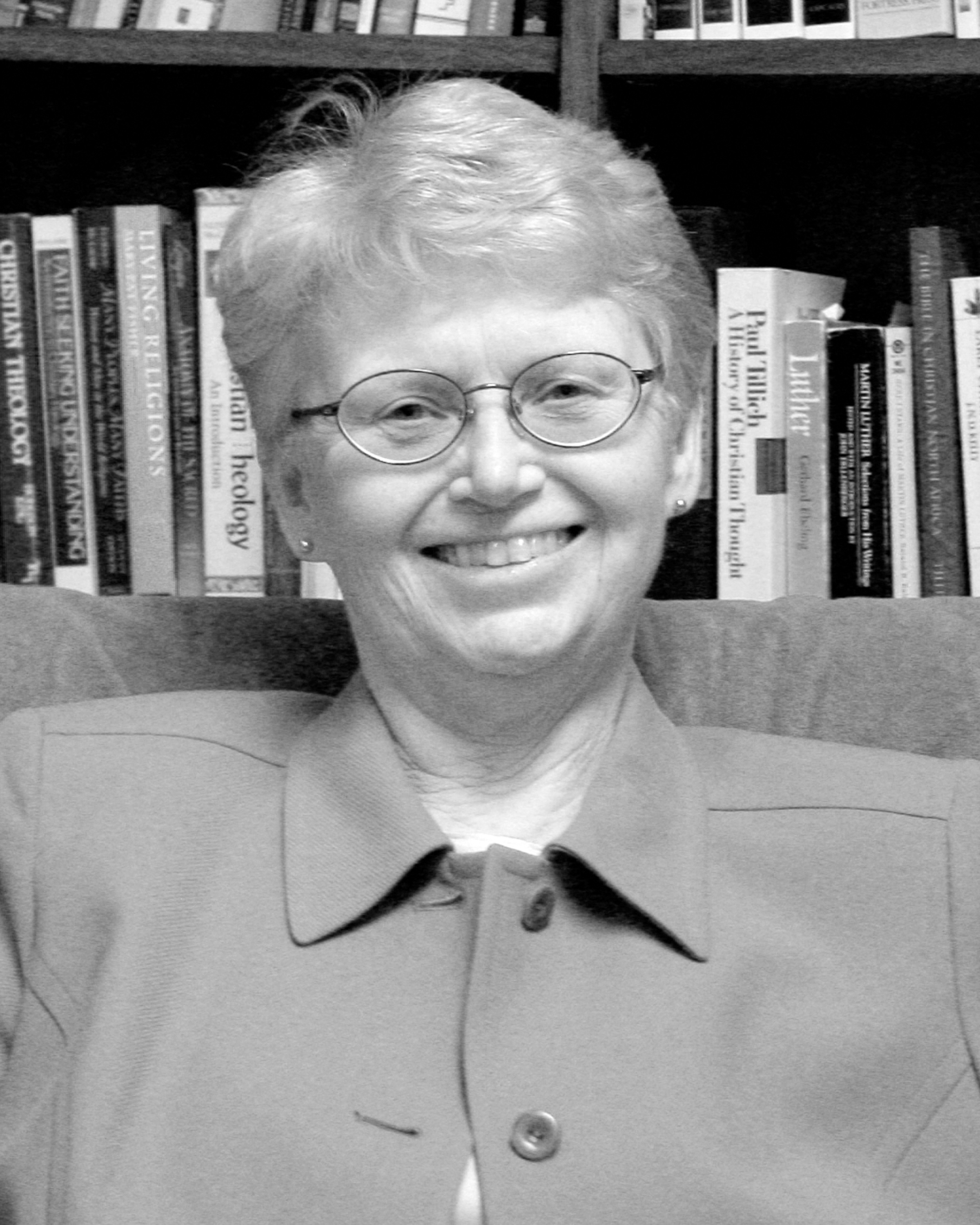 “Dr./Sr.” Annette Moran was a precious and treasured gift here at Carroll. As chair of the theology department she not only taught engaging courses, developed a solid academic curriculum, and mentored new teachers, she gave abundant life to Carroll’s mission as a Catholic college in concreto. Indeed, as teacher and poet, colleague and mentor, advisor and friend, she had an uncanny way of engaging each of us where we were on life’s path and encouraged us to celebrate and deepen our journey. Her talents and endeavors, her reflections and stories, her questions and engagement, fostering conversation, her smile and her sighs, her dancing and wrestling, were always ways of letting God’s light shine through our oft-tattered world, allowing its deeper and sacred beauty to be glimpsed and fill us. – Dr. Charlotte Jones & Dr. John Ries
“Dr./Sr.” Annette Moran was a precious and treasured gift here at Carroll. As chair of the theology department she not only taught engaging courses, developed a solid academic curriculum, and mentored new teachers, she gave abundant life to Carroll’s mission as a Catholic college in concreto. Indeed, as teacher and poet, colleague and mentor, advisor and friend, she had an uncanny way of engaging each of us where we were on life’s path and encouraged us to celebrate and deepen our journey. Her talents and endeavors, her reflections and stories, her questions and engagement, fostering conversation, her smile and her sighs, her dancing and wrestling, were always ways of letting God’s light shine through our oft-tattered world, allowing its deeper and sacred beauty to be glimpsed and fill us. – Dr. Charlotte Jones & Dr. John Ries
Rev. Gene Peoples
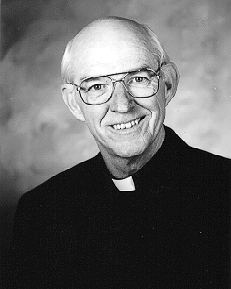 By any assessment, Fr. Gene Peoples was a truly remarkable person. He loved the students, he loved the college, he loved the priesthood, and he loved teaching. He spent almost forty years at Carroll College as a priest, an administrator, and as a teacher. He earned the college’s Outstanding Teaching Award in 2003. He entered the Alumni Association’s Hall of Fame in 2001 for his dedication to Carroll College, its alumni, and its students. At the end of every class and every homily at Mass, he would say, “I love you people” and everyone knew that he meant what he said. – Tom McCarvel (Class of 1971; Vice President of Community Relations)
By any assessment, Fr. Gene Peoples was a truly remarkable person. He loved the students, he loved the college, he loved the priesthood, and he loved teaching. He spent almost forty years at Carroll College as a priest, an administrator, and as a teacher. He earned the college’s Outstanding Teaching Award in 2003. He entered the Alumni Association’s Hall of Fame in 2001 for his dedication to Carroll College, its alumni, and its students. At the end of every class and every homily at Mass, he would say, “I love you people” and everyone knew that he meant what he said. – Tom McCarvel (Class of 1971; Vice President of Community Relations)
Rev. Jeremiah T. Sullivan
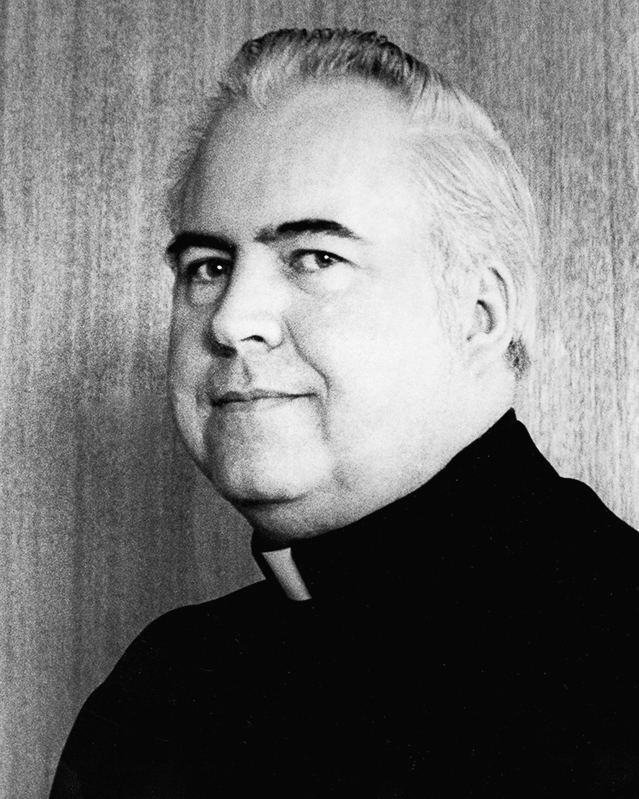 It is no exaggeration to say that the Rev. Jeremiah T. Sullivan was truly one of the cornerstones in the evolution of Carroll College as a leading center of academic learning. Born and raised in Butte, Montana, he received his bachelor’s degree from Carroll College in 1959. After earning his S.T.B. and S.T.L. degrees, as well as pursuing advanced studies in history, he returned to Carroll College to teach classical history, Medieval history, Renaissance and Reformation history, and the history of the Catholic Church. In these courses, his students—who numbered more than 10,000 over his 44 years of teaching at Carroll—were captivated by his incisive analysis and colorful tales of the past.
It is no exaggeration to say that the Rev. Jeremiah T. Sullivan was truly one of the cornerstones in the evolution of Carroll College as a leading center of academic learning. Born and raised in Butte, Montana, he received his bachelor’s degree from Carroll College in 1959. After earning his S.T.B. and S.T.L. degrees, as well as pursuing advanced studies in history, he returned to Carroll College to teach classical history, Medieval history, Renaissance and Reformation history, and the history of the Catholic Church. In these courses, his students—who numbered more than 10,000 over his 44 years of teaching at Carroll—were captivated by his incisive analysis and colorful tales of the past.
During the mid-1970s Fr. Sullivan—reflecting the vision of one of his mentors, renowned philosopher and theologian Bernard J. F. Lonergan—authored a document titled “A Proposal Regarding the Fundamental Value System and Purpose of Carroll College.” This paper provided a blueprint for how Carroll could embrace an empirical approach to academic learning while holding true to its Catholic moral values. Building upon this paper, as well as documents from the Second Vatican Council, he then served as the primary author of the College’s new mission statement. For more than three decades, this mission statement has been the lodestar that has guided Carroll College as it has continued to prosper as a center of academic learning. In 2007, the College recognized Fr. Sullivan’s remarkable contributions to his alma mater by awarding him an honorary doctorate. – Dr. Robert Swartout, Jr. (Emeritus Professor of History)
